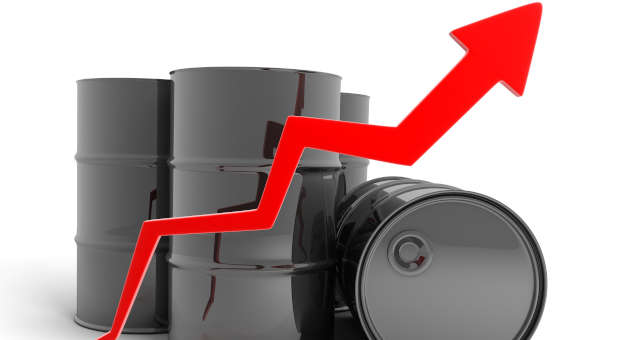Diesel Shortage Causing Strain Across the U.S. this Winter
Read time: 3 minutes 18 seconds
While many Americans breathe a sigh of relief at having another round of midterm elections in the rearview mirror, America’s other problems are still in front of their faces.
With the winter season rapidly approaching, fear, anxiety and uncertainty are gripping many in the Northeastern U.S.
Currently, they are having to deal with sky-high diesel prices and surging demand, while many of the suppliers in the Southeast are struggling to maintain inventory.
According to Andrew Lippoe, an oil-industry consultant out of Houston, Texas, supply is the lowest it has been in decades.
“This is the lowest diesel inventory we’ve had at this time of year since 1951,” Lippoe says. “It is quite concerning, considering demand is four times what it was back then.”
Mansfield Energy (ME), a fuel supply and logistics company out of Georgia and operates in every state, is sounding the alarm on the crises.
“Normally, East Coast markets would have about 50 million barrels of supply in storage throughout the market—and sometimes much more,” ME said in an Oct. 27 press release.
“This year, however, the East has less than 25 million barrels on hand. That means that when bulk traders go to pull their inventories, they may not find much left in the tank. For East Coast fleets—now is the critical time to make sure your supplier has a plan for the winter to keep your equipment running. Outside the East Coast, markets could face some challenges, but most of the biggest issues will be concentrated eastward.”
ME attributes much of the problem at hand to “poor pipeline shipping economics and historically low diesel inventories.”
But some energy executives believe the driving cause for this crisis is more political.
Mike Taylor of Combined Energy Services explained to Tucker Carlon what he believes is the root cause for much of the pain being felt in the industry.
“The climate change agenda in the Northeast, Tucker, is really what’s causing this,” he said, blaming the “demonization of fossil fuels.”
For the states in the Northeast and Mid-Atlantic coast that signed the RGGI cap-and-trade-pact, which is intended to “cap and reduce power sector CO2 emissions,” it has become a major contributor to the ongoing crisis.
“All of our oil comes out of that region,” Taylor said. “It floats up through New York Harbor, and that supplies New England. We’ve already seen curtailments and shortages up on the Hudson River terminals. That was early October.
“Our suppliers are really saying it’s a fine tightrope that if we have a drastically cold winter it could be trouble.”
With kerosene prices hovering around $7 a gallon, the most vulnerable members of society are the ones most at risk of being unable to afford heat during the winter months. For those on the lower end of the financial spectrum, it will be impossible to afford heating at these inflated prices.
Amrita Sen of Energy Aspects, a top analyst in the field, noted that the increase of oil prices had a direct impact on diesel reserves being filled prior to the winter months:
“We are expecting [oil] prices to go towards $100 into the year end, and really trade into the $110s and $120s for most of next year,” Sen told Bloomberg.
“We just haven’t built [diesel supplies] over the summer,” Sen said. “And that’s what we tend to use in the winter if it does get very, very cold.”
Unless there is a significant pivot from the current energy policies of the Biden administration, millions of Americans who depend on fossil fuels for heat and survival during the colder months are in for a difficult winter season.
Christians across the country need to lift up those affected and the leaders in charge of this country in prayer, so that the vulnerable members of American society are taken care of and looked after during these difficult times. {eoa}
Bring Charisma magazine home with a subscription today!
James Lasher is Staff Writer for Charisma Media.




























































